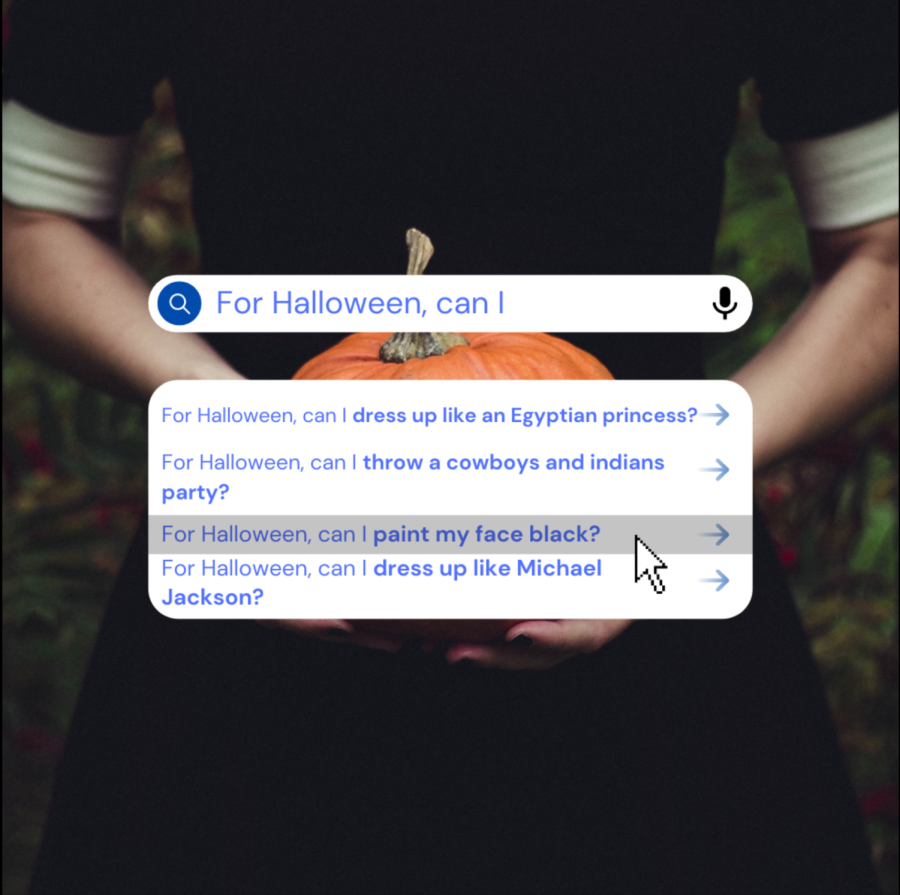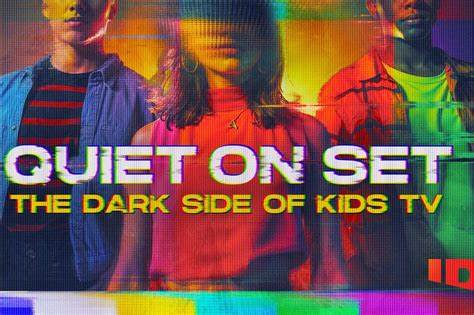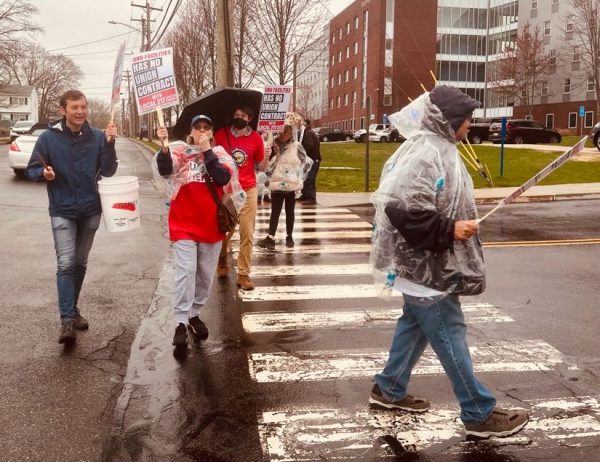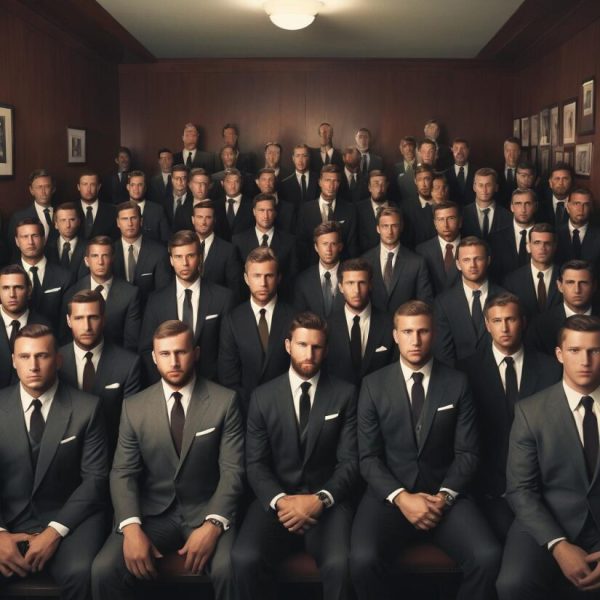From costume to party, have yourself a harmless Halloween
Halloween is a time many look forward to; unfortunately, it comes with a foreboding undertone for many communities. While some prepare for a fun night out with friends and plan cute, Instagram-worthy photo ops, others hold their breath waiting for themed parties and costumes to pervert their identity, relegating it down to harmful stereotypes.
The harm behind cultural appropriation on Halloween goes deeper than the celebration itself. Minority groups have a long history of having their culture and appearance exploited for white entertainment. From minstrel shows propagating Black stereotypes by white actors in ash-darkened faces to the fashion industry stealing deeply cultural designs to degrade into a source of income; minority groups in the U.S. have had to witness their culture be ostracized from American culture except for when it is lucrative.
Generations have been subject to this pattern of oppression. Halloween is one more burden these communities have to bear in a long history of harm.
Examples of costumes that appropriate cultures include “King of Egypt,” “El Hombre Calavera,” Native American, Geisha and “Hey Amigo,” among others. The non-exhaustive list of offensive costumes doesn’t end with cultural stereotypes; others include prisoners, mental institution patients, transphobic motifs, homeless people and deceased individuals. Using the stories and experiences of such disenfranchised and disadvantaged populations is inherently offensive because it stigmatizes their existence to be a joke or less valid than the rest of society. This occurs as each costume takes a stereotype of the culture and exaggerates it for effect, either pushing for a comedic tone, or exploiting it into a “sexy” version.
This sexualization is increasingly problematic, especially when analyzing sexual violence perpetrated against particular communities. Minority groups, mentally ill individuals and prisoners are demographics at high risk of experiencing sexual violence and exploitation. To relegate these identities as “exotic” or with the “crazy in the head, freak in the bed” mentality, is to enforce these narratives into the collective social consciousness.
But being conscious of how your costume, themes or decorations affect others doesn’t need to hinder your Halloween experience.
Here are some simple guidelines for putting together a harmless and fun Halloween costume:
Don’t wear costumes that aren’t from a culture you grew up in and have experienced. And that doesn’t mean you took an ancestry test and found out you’re .5% of a race; it means that is the culture you grew up in.
If you are dressing up as a character who is a different race or ethnicity, don’t try to emulate their physical traits, such as their hair, skin tone and facial features. Instead, focus on the unique traits of the clothes they wear or props they have, and be conscious of the characters’ own identity, as long as they are not culturally rooted.
Use your resources. A simple Google search of “is ___ an offensive costume/party theme?” should give you the information you need. If Google isn’t your go-to or you can’t find the answer, reach out to campus resources such as the Myatt Center for Diversity and Inclusion.
When in doubt, don’t do it. If there is a possibility of harming someone, the best option is to choose another costume or party theme.
Halloween isn’t the time to show how much you appreciate a culture, there are year round opportunities to do so, like celebrating heritage months. Halloween is the night for repping your fandom and candy-induced comas. If it is too hard for you to come up with a costume or party theme that is not harmful, then don’t participate in the night and foul it for everyone around you and just admit you don’t care about other people.

Isabelle Hajek is a senior at the University of New Haven majoring in psychology with a concentration in forensics and a double minor in criminal justice...












